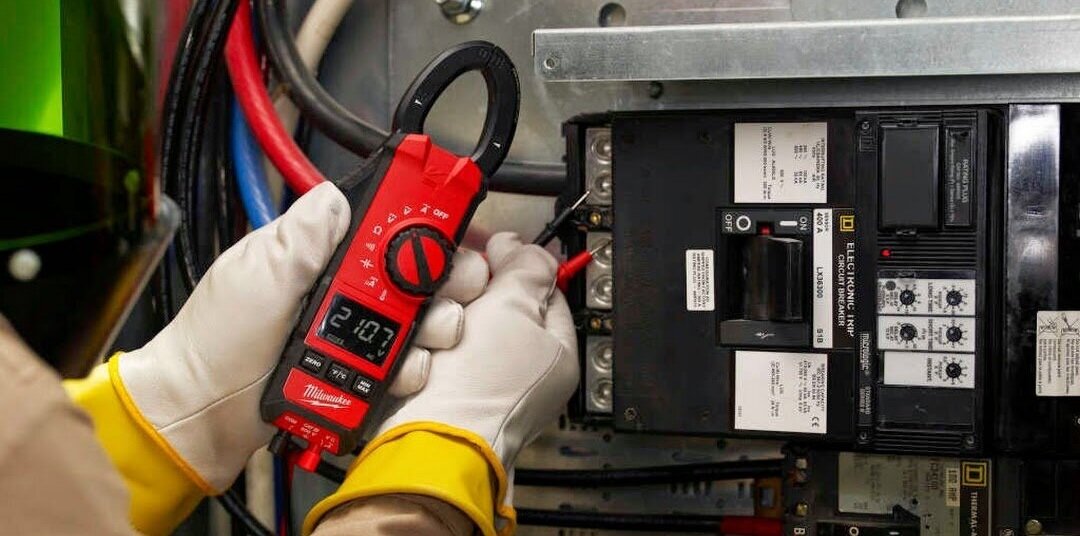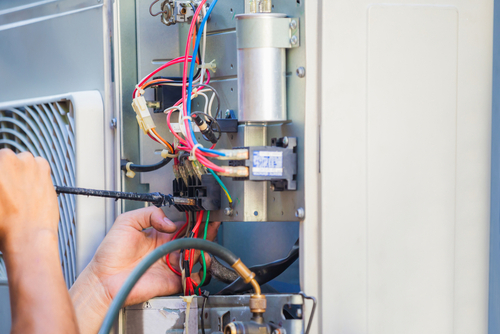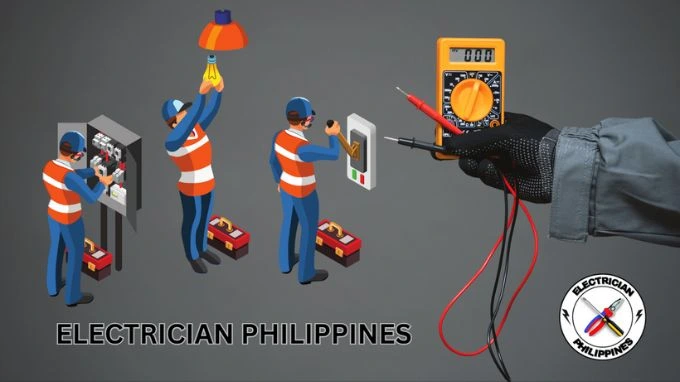Leading Tips for Effective Electric System Troubleshooting
Repairing electric systems needs a methodical strategy, grounded in a comprehensive understanding of electric concepts and safety methods. By acquainting oneself with circuit elements, using vital devices, and adhering to an organized evaluation approach, experts can effectively identify and resolve concerns. The subtleties of reliable troubleshooting extend beyond mere technological expertise; comprehending how to record searchings for and prioritize safety and security can dramatically influence outcomes. As we check out these essential aspects even more, it comes to be clear that mastering this process is not simply beneficial but crucial for success in the field.
Understand the Fundamentals
Recognizing the basics of electrical systems is crucial for effective troubleshooting, as a solid structure enables specialists to detect and deal with problems much more effectively. A detailed grasp of electric principles, such as voltage, present, resistance, and power, is essential in determining the origin causes of problems. Voltage is the electrical prospective difference that drives present with a circuit, while resistance opposes the flow of current, impacting the general capability of the system.
Knowledge with circuit parts, including resistors, capacitors, diodes, and changes, is likewise extremely important. Each component plays a distinct duty in circuit behavior and can influence efficiency when malfunctioning. Additionally, comprehending series and parallel circuit setups is essential, as these plans affect the circulation of voltage and existing within the system.
Furthermore, expertise of safety protocols is essential. Professionals need to understand potential dangers, such as shock and brief circuits, to execute secure troubleshooting practices. By grasping these fundamental principles, service technicians enhance their capability to carry out effective diagnostics and repairs, inevitably resulting in boosted efficiency and reliability of electrical systems. This fundamental understanding is the foundation of effective troubleshooting undertakings.
Gather Necessary Equipment
Efficient troubleshooting of electrical systems requires the ideal set of devices to identify and solve problems precisely. Essential tools include a multimeter, which measures voltage, current, and resistance, enabling for specific evaluations of electric elements.
Additionally, shielded hand tools such as screwdrivers, pliers, and wire pole dancers are essential for securely adjusting electrical connections. It is also advisable to have a circuit tester handy to validate the visibility of voltage in electrical outlets and cables. For more facility systems, a thermal imaging video camera can assist spot overheating components, showing potential failures.

Adhere To a Methodical Approach
Having weblink actually gathered the proper devices, the next action in repairing electric systems is to follow an organized technique. A methodical approach makes certain that service technicians can determine faults effectively and properly, reducing downtime and protecting against unnecessary repair work.
Begin by assessing the system's schematic diagrams and specs. This involves monitoring each element methodically, starting from the power source and functioning towards the lots.
Use screening equipment, such as multimeters and oscilloscopes, to gather objective information regarding voltage, existing, and resistance at different factors within the system. This empirical evidence will direct your troubleshooting initiatives and help to confirm or get rid of potential root causes of failure.
Additionally, consider ecological elements that might affect the system's efficiency, such as temperature level changes or wetness ingress. An extensive assessment of wiring, connections, and parts will certainly make certain that all opportunities are made up.
File Your Searchings For
Complete paperwork is important in the repairing process of electrical systems. Accurate documents improve the performance of recognizing repeating concerns and help with interaction amongst group members. Each finding should be meticulously noted, including signs observed, tests conducted, and the results of those examinations. electrical system troubleshooting. This technique not just help in comprehending the origin of the trouble yet likewise serves as a check here recommendation for future repairing initiatives.

In addition, keeping a log of parts replaced or repair work executed is indispensable. This details supports inventory administration and can aid analyze the durability and reliability of particular components.
Eventually, the documents process need to be extensive yet succinct, making it possible for very easy access and testimonial - electrical system troubleshooting. By prioritizing in-depth documents, specialists can create a useful data base that not just help in current troubleshooting yet additionally equips future maintenance initiatives, consequently enhancing total system reliability

Prioritize Precaution
Recognizing the fundamental risks connected with electric systems is important for making certain safety and security during troubleshooting. Electric shock, burns, and devices damages are just a few of the potential dangers that service technicians face. Focusing on safety and security actions is not just a lawful obligation but also a moral imperative that safeguards both the specialist and the surrounding setting.
Prior to beginning any type of troubleshooting task, service technicians should put on suitable personal protective equipment (PPE), including protected handwear covers, shatterproof glass, and flame-resistant clothing. Making certain that get more the job location is dry and without mess can dramatically reduce the risk of accidents. Additionally, it is important to de-energize circuits before starting any kind of job, confirming that they are not live with making use of a multimeter or voltage tester.
Establishing clear interaction methods with staff member is also important; this ensures that everyone recognizes potential threats and the status of the electric system being worked on. Last but not least, having an emergency situation response plan in place can prove important in case of an incident. By focusing on safety actions, technicians can effectively alleviate threats and promote a more secure workplace.
Verdict
Efficient electric system repairing depends on a detailed understanding of fundamental principles and a methodical technique. Prioritizing safety measures makes certain the wellness of people involved and the stability of the electrical system.